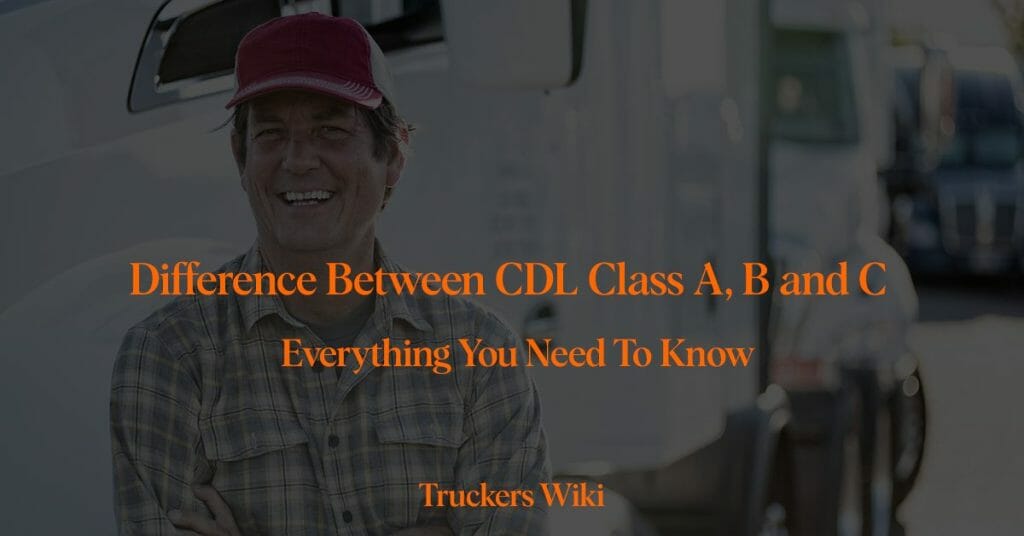
Table of Contents
What is the Difference Between CDL Class A B and C
Commercial Driver’s Licenses (CDLs) are categorized into three main classes: Class A, Class B, and Class C. Each class corresponds to the type of vehicle the driver is allowed to operate, with varying levels of complexity and weight.
Let’s take a look at the difference between CDL class A B and C.
Class A CDL
A Class A CDL is required for drivers who operate a combination of vehicles with a Gross Combination Weight Rating (GCWR) of 26,001 pounds or more, with the towed vehicle(s) having a Gross Vehicle Weight Rating (GVWR) of more than 10,000 pounds. Typical Class A vehicles include tractor-trailers, flatbeds, livestock carriers, and tankers. This class allows drivers to operate Class B and Class C vehicles as well, provided they have the necessary endorsements.
Read more about Class A here.
Class B CDL
A Class B CDL is required for drivers who operate a single vehicle with a GVWR of 26,001 pounds or more, or a combination of vehicles that do not meet the qualifications for a Class A CDL (i.e., the towed vehicle has a GVWR of 10,000 pounds or less). Typical Class B vehicles include large buses (e.g., school buses or city buses), straight trucks, dump trucks, and delivery trucks. With the appropriate endorsements, a Class B CDL holder can also operate some Class C vehicles.
Read more about Class B here.
Class C CDL
A Class C CDL is required for drivers who operate vehicles designed to transport 16 or more passengers (including the driver) or vehicles used to transport hazardous materials that require placarding under federal regulations. These vehicles do not fall under the weight classifications of Class A or Class B. Examples of Class C vehicles include small passenger buses, ambulances, and vehicles used to transport hazardous materials.
Read more about Class C here.
Johnathan from Driving Academy has a very nice video explaining the difference between CDL class A B and C.
Summary
In summary, the main differences between CDL Class A, B, and C are the weight and complexity of the vehicles they allow the driver to operate, as well as the additional endorsements required for specific types of vehicles within each class.

